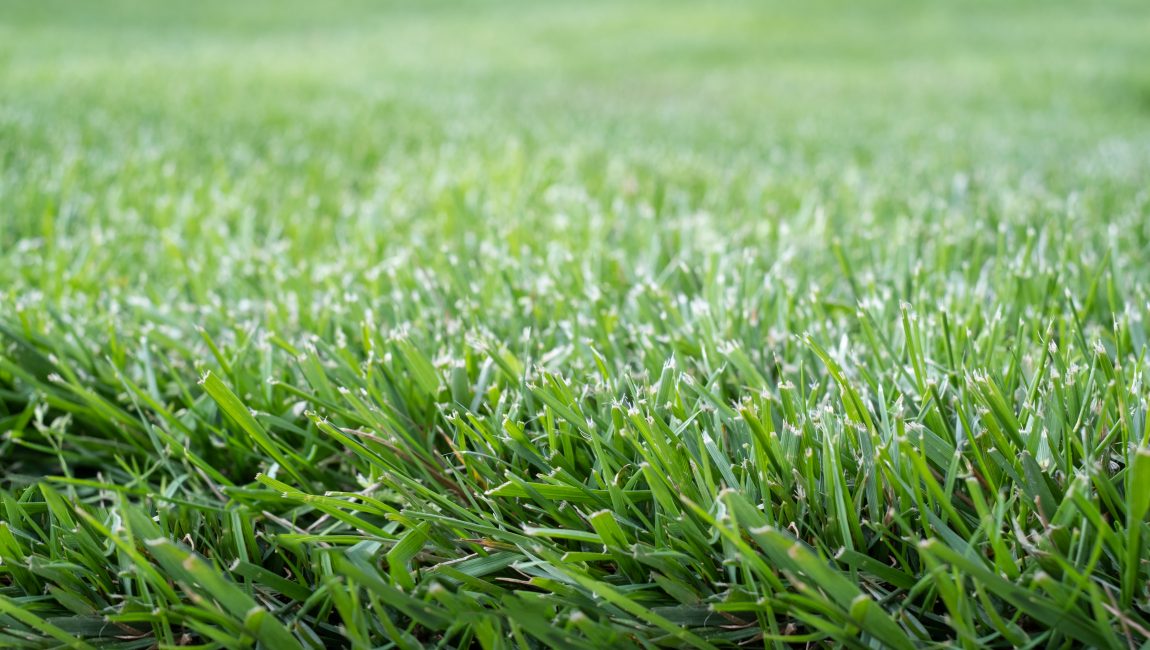
Prepping your lawn for spring growth can be as simple or detailed as you’d like. If you’re willing to do a little planning, purchase some quality grass seed, and prepare your soil, it will be worth it.
Timing Is Everything
When planting cool-season grasses, the best time to plant is spring or early fall. For warm-season grasses, early summer is the best time to plant because it needs warm soil for germination.
Overseeding Benefits
Grasses have compact, fibrous root systems that do a fantastic job of binding together. A densely planted, overseeded lawn ensures soil and water to stay put, right at the root zone, reducing erosion. This ultimately improves the overall health of your lawn because it can hold onto nutrients and moisture needed to thrive. Choose a grass that fits your lifestyle, budget, and geography. Consider your lawn’s growing conditions, what kind of sunlight it will receive, and if it will get a lot of traffic. It’s best to choose seeds that require the least amount of water, are highly disease resistant, and are adaptable to your climate.
Prepare Your Soil
For best results, it is best to prepare the soil before seeding through aeration or dethatching your yard. It’s also important to use a garden rake to make the surface even. Finally, remove large rocks and debris, and fill in low spots with added topsoil. This process will help result in good seed-to-soil contact.
Cover Up & Water Down
If you dethatch your lawn, use the same piece of your equipment to dethatch your yard again to incorporate the seed into the soil. If the equipment is unavailable, use a heavy rake. For the aeration route, you’ll be able to just walk away and let nature run its course. Depending on your soil preparation method, watering strategies may vary. The key to watering is to keep the top inch of soil moist, but not soggy. Once germinated, keep the top 2 inches of soil moist until the new grass reaches a mowing height. Then, reduce watering to twice a week.
Maintain Your Lawn
Once your new lawn reaches a mowing height of at least 4 inches, you can cut it! Ongoing mowing schedules depend on the species of seed used. For example, when planting a warm season product like Bermuda, mowing heights would be 2-3 inches, but when planting a cool season grass like Tall Fescue, mowing heights should be 3.5-4 inches. A healthy lawn is your best solution for preventing and combating pests and disease. An easy change to make when cultivating the healthiest lawn possible is to water less frequently and for longer periods of time to encourage a strong, well-developed root system.
If you have more questions about establishing a new lawn, call Missouri Southern Seeds for some expertise!
